asif iqbal
Lieutenant General
J11B from 41st air brigade
Hi just a small query are they still assembling j10 Asome recent newies...
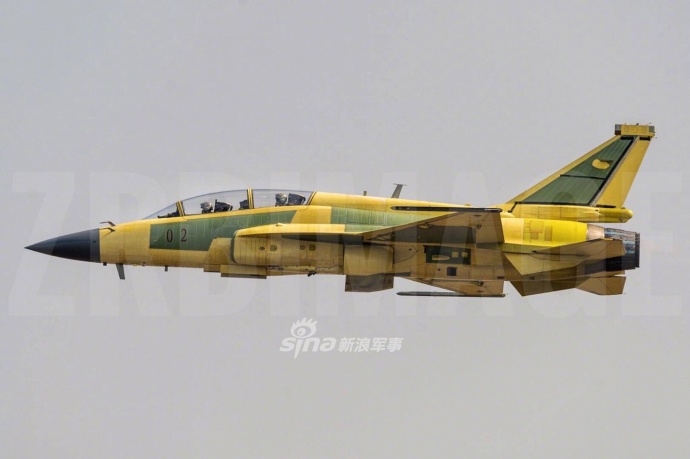
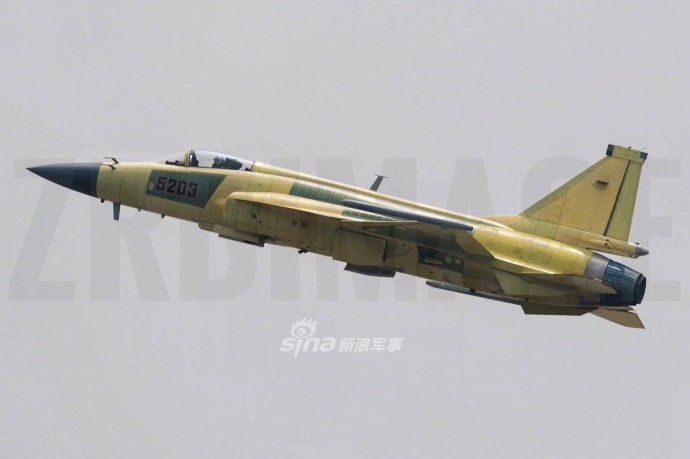
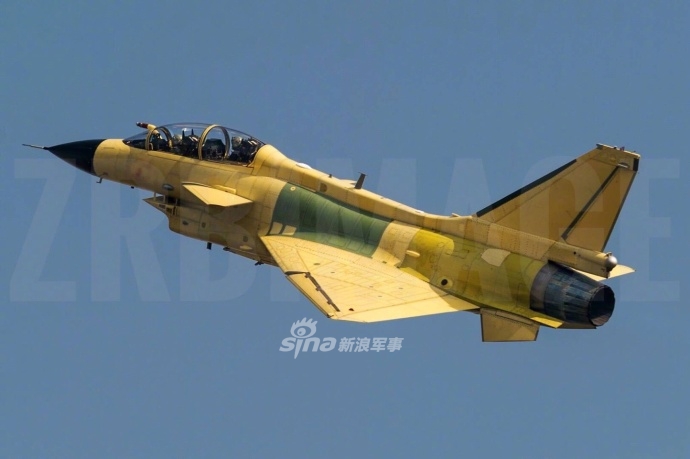
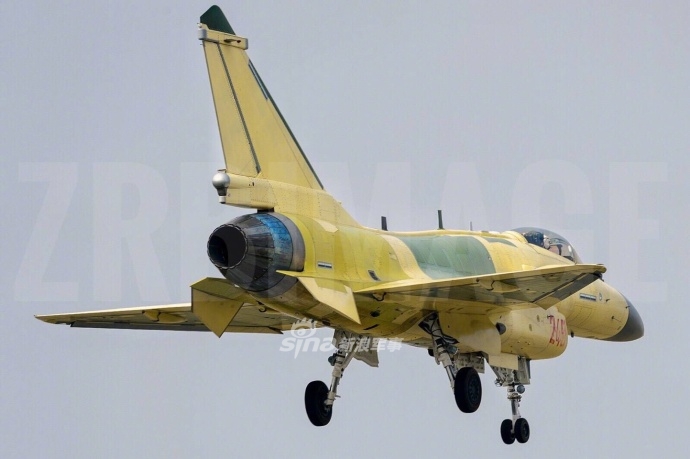
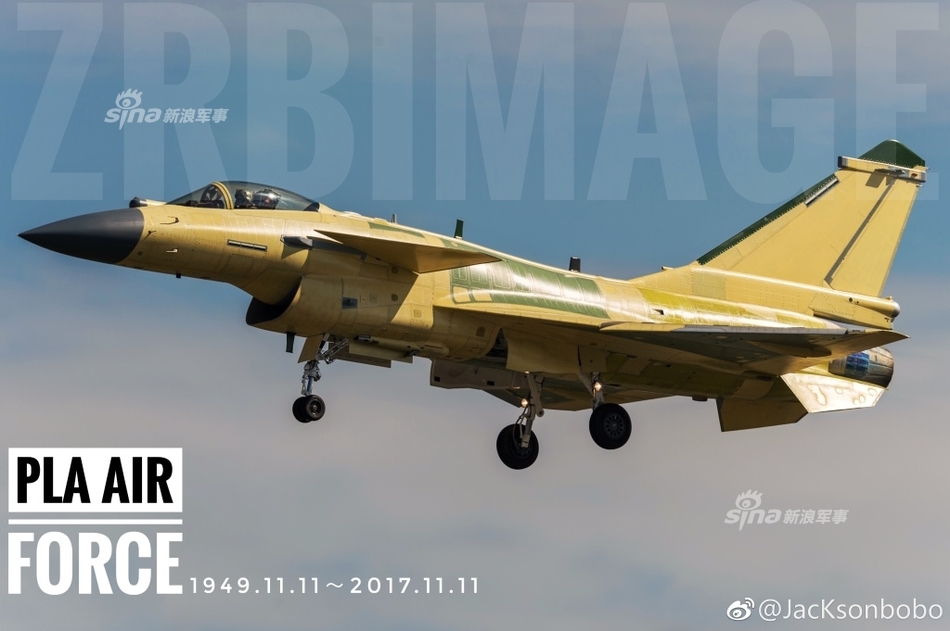
Hi just a small query are they still assembling j10 A
Thx
J11B from 41st air brigade
Chinese air force planes Monday flew through Tsushima Strait for the first time and conducted drills in international airspace over the Sea of , an air force spokesperson said.
The drills, involving bombers, fighters, reconnaissance planes and other aircraft, were aimed to examine the high-sea combat ability of the air force, said Shen Jinke, spokesman for the Chinese (PLA) Air Force.
The drills accomplished the planned purpose and improved the air force's manoeuvring capability on the high sea, he said, adding that Chinese planes responded to interference from foreign military aircraft.
As part of the air force's annual training program, the drills are in line with international laws and practices and do not target any particular country, region or object, said Shen.
The spokesman stressed that Tsushima Strait is not territorial waters, hence all countries enjoy freedom of navigation and overflight under the Convention on the Law of the Sea.
He described the drills as "legal and reasonable."
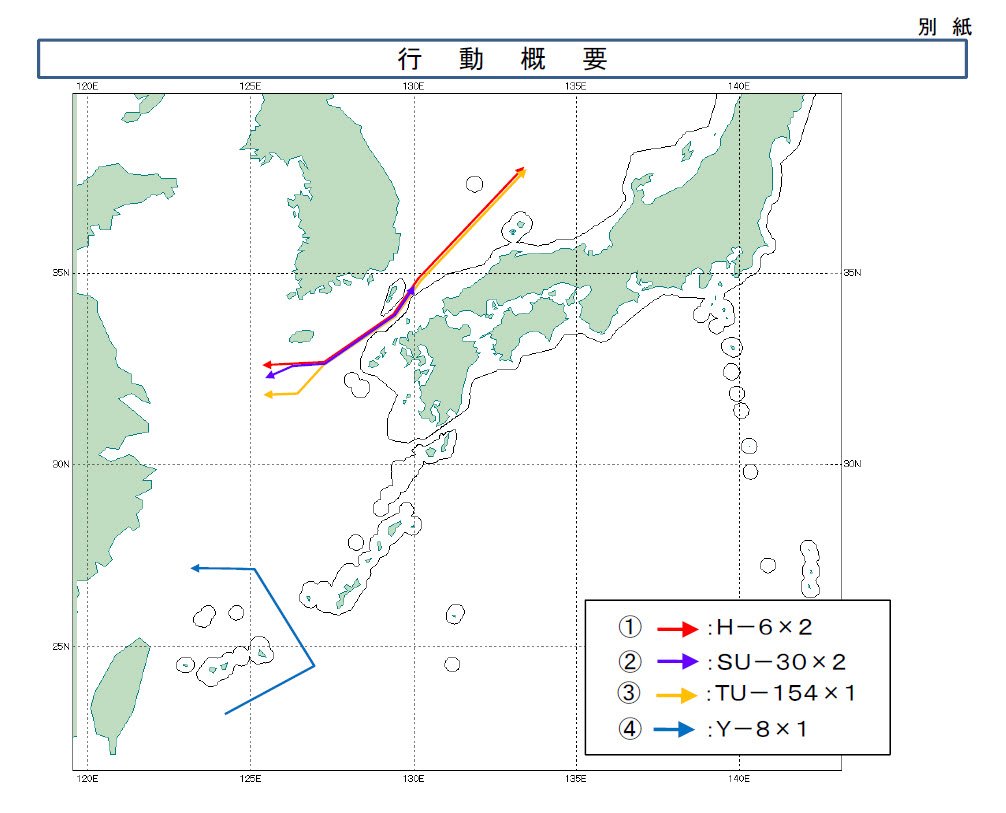

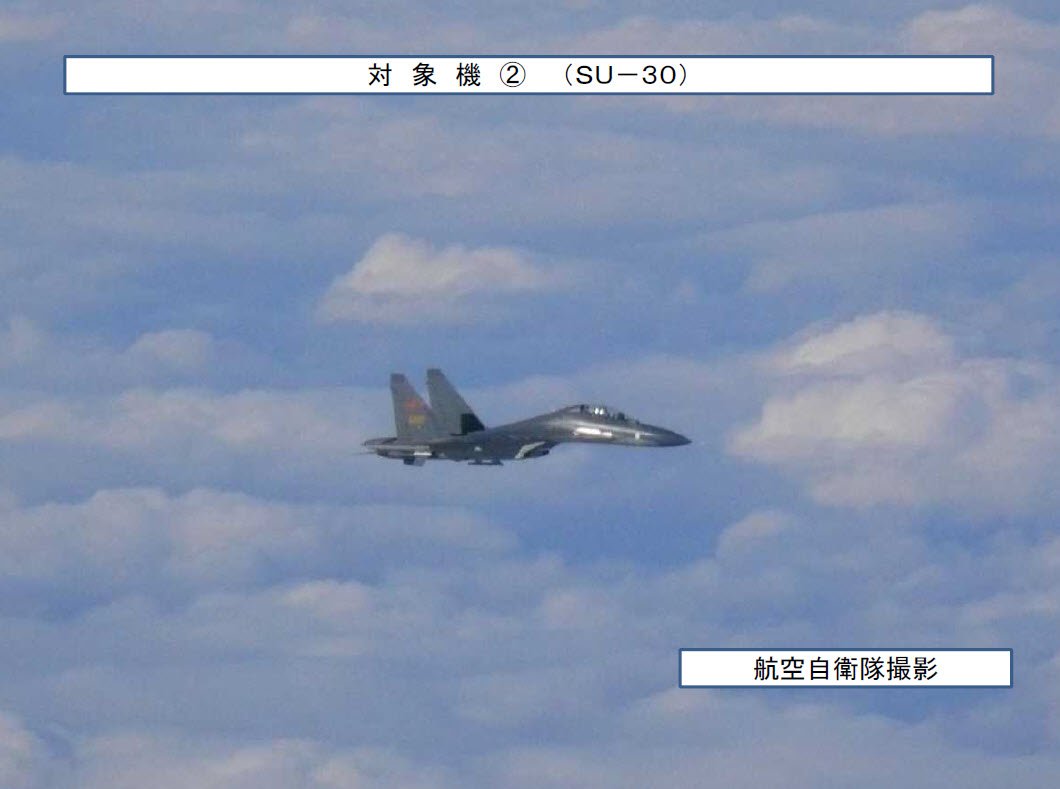
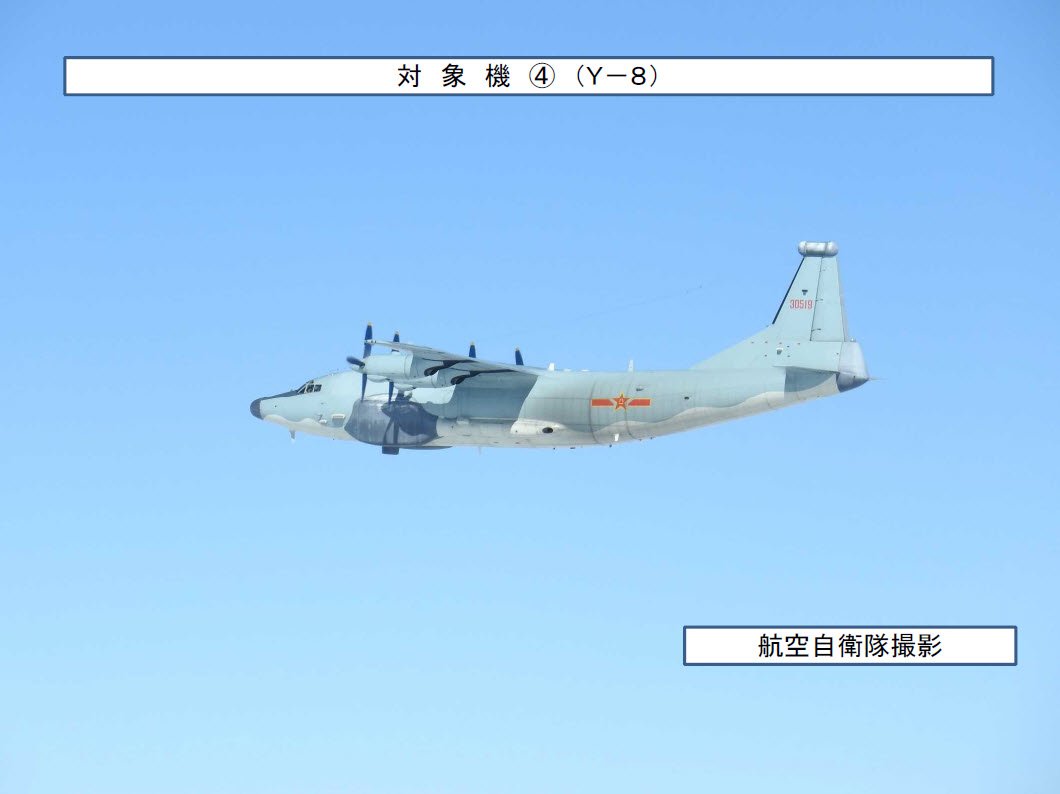
... and here's a google translation ofnow noticed in Twitter what's related to the post right above:
Quand un avion brouilleur longue portée Y-8G a tourné autour de l'île de Taïwan ce matin, une autre escadrille de l'armée de l'air chinoise a pénétré aussi dans la mer du Japon en survolant le détroit de Tsishima entre la péninsule de Corée et l'archipel du Japon.
Translated from French by
When a long Jammer aircraft carried Y - 8 G has revolved around the island of Taiwan this morning, another squadron of the Chinese air force has also entered in the Japan Sea by flying over the Strait of Tsishima between the Korea Peninsula and the archipelago of the Japan.

...
"If the Chinese navy had already had several experiences to enter and work in the Sea of Japan, it was not the case for their colleagues in the Air Force, at least not until yesterday. The latter has been content, for three years now that it began its "maneuvering on the high seas" according to official terms, to send its devices of all kinds to cross the first chain of islands, flying over either the strait from Miyako between Japan and Taiwan, or the Bashi Strait to the south, between Taiwan and the Philippines. These are two major "outlets" geographically speaking for China if it wants to go East in the Pacific Ocean.Si la marine chinoise avait déjà eu plusieurs expériences à entrer et à œuvrer en mer du Japon, ce n’était pas le cas pour leurs collègues de l’Armée de l’air, en tout cas pas jusqu’à hier. Cette dernière s’est contentée, depuis maintenant trois ans qu’elle a démarré ses « manœuvres de haute mer » selon les termes officiels, d’envoyer ses appareils en tout genre à franchir la première chaîne d’îles, en survolant soit le détroit de Miyako qui se trouve entre le Japon et le Taïwan, ou le détroit de Bashi au sud, situé entre le Taïwan et les Philippines. Ce sont deux principales « sorties » géographiquement parlant pour la Chine si elle veut aller vers l’Est dans l’océan Pacifique.
Il existe bien entendu d’autres chemins possibles, comme traverser les îles de Philippines par le sud via la mer de Chine méridionale, ou par le nord en passant successivement le détroit de Tsushima entre la Corée du Sud et le Japon, puis la mer du Japon et traverser enfin l’archipel japonais pour regagner le nord du Pacifique.
Or les manœuvres menées hier par les cinq appareils chinois en mer du Japon n’ont pas pour vocation de la traverser, mais d’y mener des opérations dont la nature n’a pas été communiquée explicitement. Le porte-paroles de la PLAAF indique simplement qu’il s’agissait d’un « entraînement » faisant partie des programmes annuels, et que l’opération, menée à son terme malgré qu’elle soit « perturbée par des appareils étrangers », ne vise aucun pays ni contexte géopolitique en particulier.
Selon un rapport officiel publié par le ministère japonais de la Défense, deux bombardiers H-6K, deux chasseurs Su-30MKK et un avion SIGINT Tu-154M/D ont survolé le détroit de Tsushima ce lundi 18 Décembre et sont ensuite entrés dans la mer du Japon.
Les deux chasseurs chinois ont fait demi-tour une fois avoir escorté les trois autres appareils à passer le détroit, probablement pour une question d’autonomie, sachant qu’aucun ravitailleur chinois n’a été envoyé pour accompagner le voyage et l’endroit de la séparation se trouve à plus de 1 000 km des côtes chinois les plus proches.
Le même rapport indique également que des avions de chasse japonais ont été envoyé pour intercepter leurs confrères chinois, et Yonhap, la plus grande agence de presse sud coréenne, précise en citant des informations du comité des chefs d’état-major interarmées que les appareils chinois sont entré dans la zone d’identification de défense aérienne (ADIZ) de la Corée du Sud vers 10h02 du matin heure locale, et que des chasseurs F-15K et KF-16 de la ROKAF ont été dépêchés sur place pour surveiller la traversée.
Mais le Japon et la Corée du Sud ne sont les seuls pays concernés par cette sortie « inédite » de la Force aérienne chinoise, puisqu’un autre avion brouilleur électronique longue portée Y-8G de la PLAAF a aussi fait un tour complet de l’île de Taïwan dans la même matinée. L’armée taïwanaise a réagi en envoyant des avions de chasse et des navires pour suivre l’appareil chinois tout au long de son trajet, d’après un communiqué du ministère taïwanais de la Défense.
Il faudrait donc associer les deux événements, qui semblent avoir eu lieu au même moment, comme une seule opération coordonnée menée par l’armée de l’air chinoise et ce sur deux directions simultanément.
A noter que si notre compte est exact, il s’agit de la 20e manœuvre aérienne d’envergure que l’armée chinoise a mené sur la première chaîne d’îles en 2017. On constate donc une augmentation constante des opérations chinoises depuis maintenant trois ans, à la fois en nombre et en intensité, sur cette ligne considérée comme une chaîne de confinement vis-à-vis de la Chine.
The guy is a chameleonJust how many accounts do you have to create? I thought the admins IP-banned you already.
